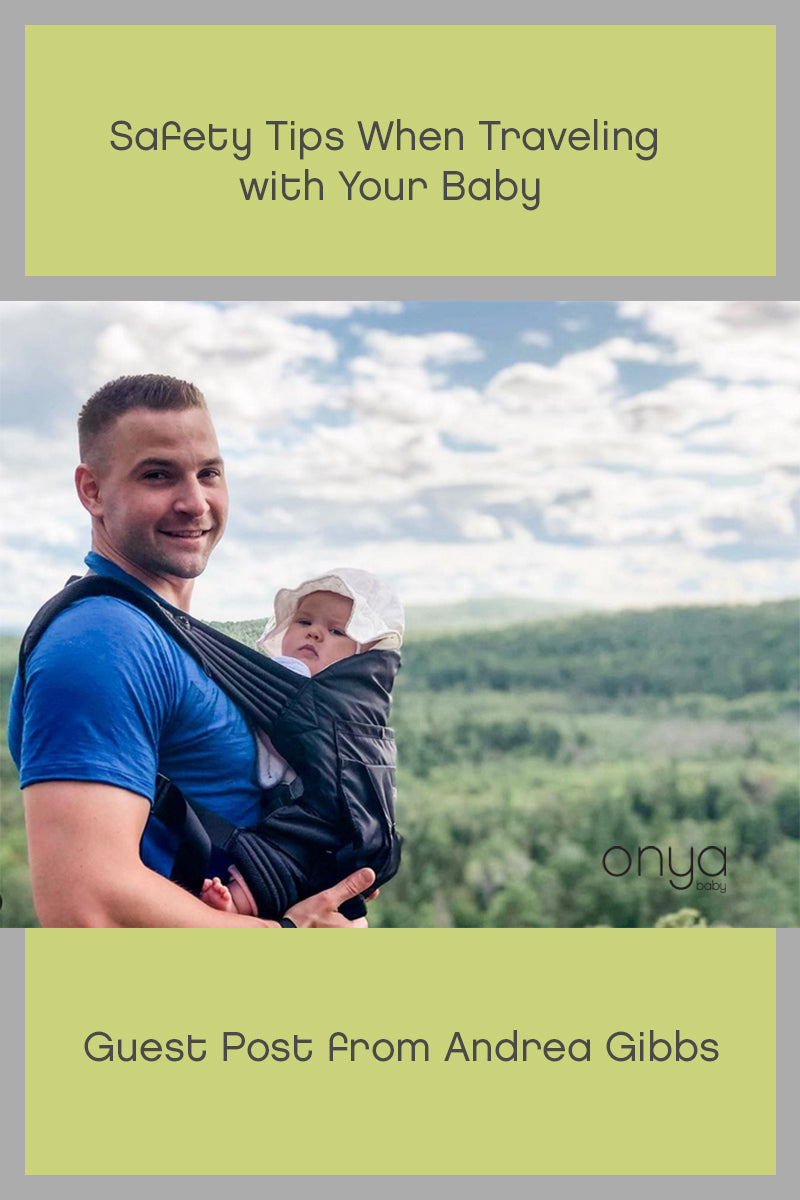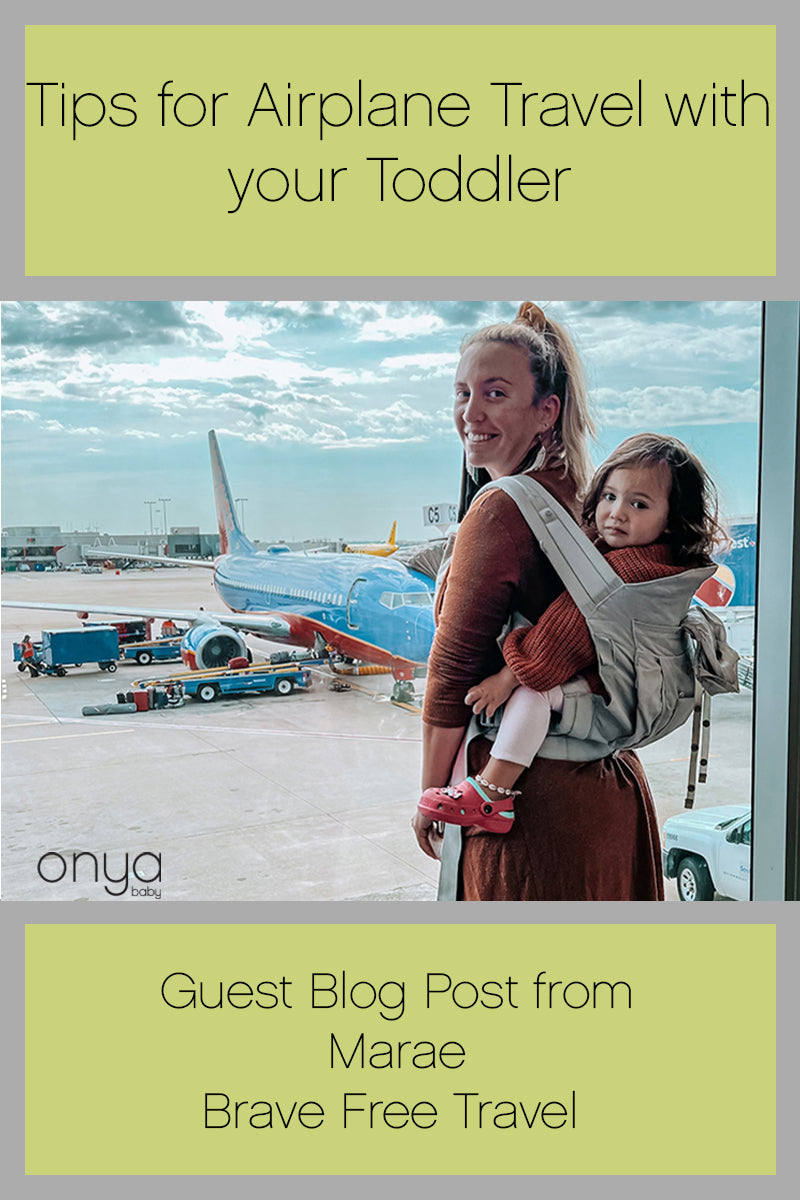Healthy Baby, Safe Baby: Babywearing Round-Up
The end of September marks the close of Child Passenger Safety Month, and we all know how important it is to keep our little ones as safe as possible. October is Family Health Month. October also includes our very favorite week of the year, International Babywearing Week. Of course, here at Onya Baby, we think every week is babywearing week. but from the 7th to the 13th this year, it’s official. It’s Babywearing Week everywhere! Huzzah!
So, in honor of all things safe and healthy, and all things babywearing, we bring you our healthy baby, safe baby, babywearing round-up: a collection of our favorite posts of safety tips, tricks, references and resources to help guide you on your journey to babywearing bliss, which is, when done correctly, the safest place for your baby to be.

Our top five safe babywearing posts, in no particular order:
- Why “pull” testing your baby carrier is a bad idea: Occasionally, threads pop up on various babywearing forums discussing and recommending “pull testing,” or “tug testing” a baby carrier as a good and legitimate means for testing a carrier’s strength or durability. It’s not only ineffective to “test” your baby carrier in this fashion, but it might also render your baby carrier unsafe for use. We’d like to explain why “tug testing” or “pull testing” your baby carrier is a bad idea…(read more…)
- Babywearing is flat head prevention: A recent study indicated that nearly one in two babies will be affected by plagiocephaly, or “flat head” syndrome. A wrap, sling or baby carrier are easy and convenient tools that you can use daily to prevent plagiocephaly in your baby. By regularly carrying your baby in a sling, wrap or baby carrier, you’re already well on your way to giving your baby a well-developed round head, just as nature intended. Generally speaking, “tummy time” is often the only recommendation we see as a technique to prevent flat heads in babies. We’d like to add babywearing to the top of the list. We’ve recommended using a carrier in place of “tummy time” before, and we continue to stand by the recommendation. Many babies simply will not abide tummy time, but cuddling them close feels natural, comforting and safe. (read more…)
- The biomechanics of babywearing: A researched-based post about proper positioning while carrying your baby in a baby carrier with a focus on the biomechanics and development of your baby’s spine and hips, and the most optimal carriers and positioning for both. It will also touch on physiological and neurological effects that certain positions have on baby’s development. Packed with important and useful information, and written by a well-informed chiropractor, this continues to be one of our most popular posts. (read more…)
- The benefits of babywearing versus car seat carrying: Many parents like the convenience of moving their child in a car seat from house to car to final destination without ever having to remove their baby from the car seat. It’s easy, and with many families with multiple kids and crazy schedules, it’s understandable why many parents choose to carry their kids this way. There are many reasons why it’s not recommended, particularly if you make a habit of it. This post, written by a chiropractor, looks at why baby wearing is one of the best things you can do for optimal structural, neurological, physiological, and emotional development for baby. (read more…)
- Babywearing is crying prevention: It’s been shown that babies who are carried close to their parent’s bodies cry less. They feel comforted by the warmth, the scent, the movement; by the breath of mommy, of daddy. What’s not to love about that? We want to share some research that backs this intuitive knowledge. (read more…)
We hope you find these resources helpful.
Happy babywearing!






